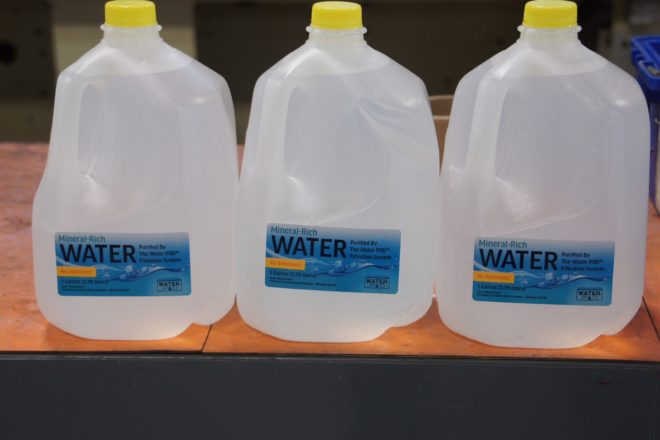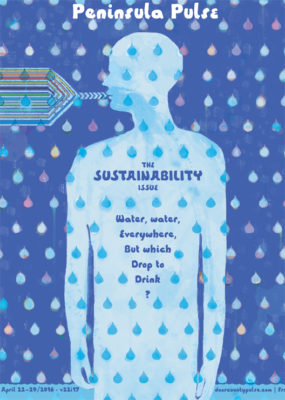What Does Clean Water Look Like?
- Share
- Tweet
- Pin
- Share

Congress passed more environmental legislation in the 1970s than ever before, including the Safe Water Drinking Act (SWDA), which passed in 1974 and regulates 90 water contaminants, listing legally enforceable levels of a contaminant in the water. But the SWDA only protects public water systems, not the more than 6,600 private wells in Door County.
Wisconsin does not require private well testing, even if those wells service up to 25 people or 10 residential buildings. It is up to the well owner to test their water quality and only 16 percent of private well owners in Wisconsin test annually. Because of this lack of accountability, data on water contaminants is mostly limited to public water systems, which require more testing and have better regulation than private wells. Private homeowners must have their well tested when it is constructed, but are not required to do any routine testing or maintenance.
So the water systems that are most likely to be contaminated are the ones that we know the least about.
Here is a guide to know what tests you should perform on your water system.
 Bacteria
Bacteria
Bacterial contamination is the most rampant water quality problem for private wells in the county, with more than 25 percent of wells testing positive for bacterial contamination in at least one of their submitted tests in the last 25 years. Most of those private wells are between Sturgeon Bay and Baileys Harbor.
This bacteria usually includes E. coli, Salmonella and Campylobacter and its primary cause is human and animal waste from failed septic tanks and improper manure spreading on farmland.
Any amount of this bacterium in your private well is considered unsafe by state law. Before testing, bacterial contamination can be detected by changes in water taste, odor or color. Bacteria testing should be done annually or if any changes are detected in water quality.
Nitrates
Nitrate is most likely to enter the groundwater around farms using fertilizers and manure during big rain events or after the spring snow melts and is especially risky for pregnant women and babies, when the nitrates prevent blood from carrying oxygen in the body of infants.
State law says that the maximum capacity for nitrates in safe drinking water is 10 milligrams per liter.
The Door County Soil and Water Conservation Department (SWCD) recommends annual tests for nitrates. Nitrates are not a broad problem in private wells in Door County, with the average private well containing less than 2.0 milligrams per liter.
Lead
Commonly found in houses with lead pipes built prior to 1985, lead can cause brain damage in children. Lead is considered a problem in drinking water if levels exceed five parts per billion (ppb). In the highly publicized Flint, Mich., crisis in 2015, the lead levels in the water were 27 ppb. However, the EPA maintains that no level of lead in the water can be considered completely safe.
Because lead contamination typically comes from pipes and not groundwater, even homes on municipal water systems with water treatment centers can still find lead contamination in their water (if the water is transported through lead pipes or pipes with lead welds).
Homes near fruit orchards are susceptible to lead contamination. Fruit growers used lead-based pesticides until the late 1950s, which contaminated the groundwater and, 60 years later, have not been completely eliminated from the soil and groundwater. The SWCD recommends a one-time test for lead, especially if your house has lead pipes or you live near an old fruit orchard.

